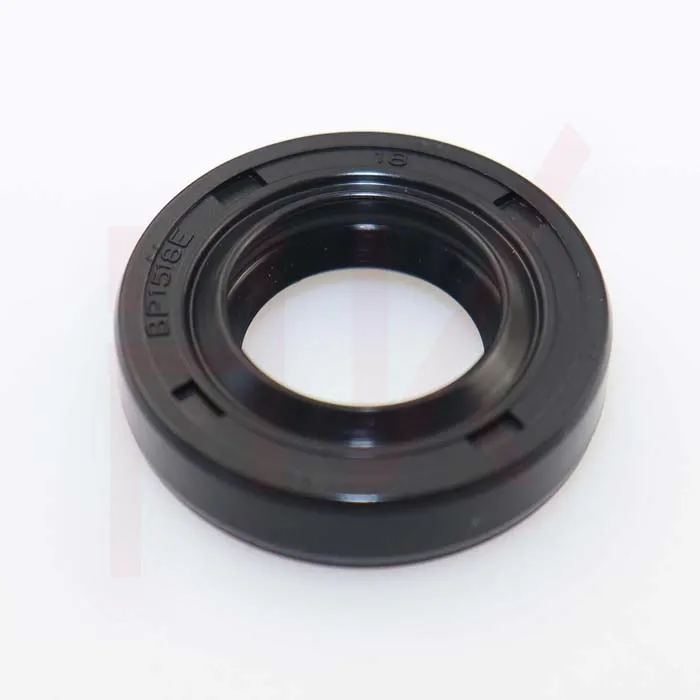Oct . 13, 2024 21:51 Back to list
rear hub seal
Understanding the Rear Hub Seal Importance and Maintenance
The rear hub seal is an essential component in the vehicle’s drivetrain system, playing a crucial role in maintaining performance and reliability. This small yet significant component can have a major impact on the overall function of a vehicle, particularly in the context of rear-wheel drive and all-wheel drive systems. In this article, we will explore the function of the rear hub seal, its importance, common issues associated with it, and how to maintain it effectively.
Function of the Rear Hub Seal
The rear hub seal is primarily designed to prevent lubricant leakage from the rear differential or wheel hub assembly. It creates a barrier that protects the internal components from external contaminants such as dirt, dust, and moisture. This ensures that the crucial lubricating oil or grease remains where it needs to be, thus reducing friction and wear on the moving parts. Additionally, it stops outside debris from entering the hub assembly, which can lead to corrosion and damage.
In essence, the rear hub seal plays a significant role in ensuring the smooth operation of the vehicle's wheels and axles. Not only does it help maintain the proper lubrication level, but it also contributes to overall safety by preventing potential wheel and axle failures that could occur if lubrication is compromised.
Importance of the Rear Hub Seal
The importance of the rear hub seal cannot be overstated. A failing or damaged seal can lead to a host of problems that affect both the vehicle’s performance and safety. For example, if the seal is compromised, lubricants can leak out, leading to insufficient lubrication of the gears and bearings. This lack of lubrication can cause increased friction, overheating, and ultimately, premature failure of the components involved.
Moreover, a damaged rear hub seal can also allow contaminants to enter the hub assembly
. The presence of dirt and moisture can lead to corrosion and rust formation on sensitive metal components, further exacerbating the problem. This deterioration can lead to costly repairs down the line and may even jeopardize the safety of the vehicle.Common Issues Associated with Rear Hub Seals
There are several common issues that might arise with rear hub seals. First, wear and tear are inherent to any mechanical component. Over time, the rubber seal can harden, crack, or deteriorate due to harsh environmental conditions or exposure to heat. The aging process can lead to a loss of elasticity, affecting the seal’s ability to function properly.
rear hub seal

Improper installation during maintenance can also lead to premature seal failure. If a seal is not installed correctly, it may not create an effective barrier. Additionally, misalignment of the hub assembly can put undue stress on the seal, causing it to wear out faster.
Maintenance Tips for Rear Hub Seals
Maintaining the rear hub seal is critical for ensuring its longevity and the overall performance of the vehicle. Here are some maintenance tips
1. Regular Inspections It's essential to regularly inspect the rear hub seals for signs of wear, such as cracks or leaks. Look for oil or grease spots around the wheel hub area, which may indicate a failing seal.
2. Check Fluid Levels Ensure that the lubrication levels in the rear differential or wheel hub are adequate. Low fluid levels can lead to increased friction and heat, exacerbating seal wear.
3. Professional Maintenance Whenever changing the rear axle or performing significant maintenance on the drivetrain, it's wise to have a professional mechanic check the condition of the rear hub seals. They can provide valuable insights into whether a replacement is necessary.
4. Follow Manufacturer Guidelines Always adhere to the vehicle manufacturer’s guidelines regarding maintenance schedules and recommended products for lubricants.
Conclusion
In conclusion, the rear hub seal may be a small component, but its role in the functionality and safety of a vehicle is paramount. Regular maintenance and awareness of its condition are essential in preventing costly repairs and ensuring a safe driving experience. By understanding the importance of the rear hub seal and implementing regular maintenance practices, vehicle owners can ensure that their vehicles perform seamlessly for years to come.
-
TCN Oil Seal Metal Ring Reinforcement for Heavy Machinery
NewsJul.25,2025
-
Rotary Lip Seal Spring-Loaded Design for High-Speed Applications
NewsJul.25,2025
-
Hydraulic Cylinder Seals Polyurethane Material for High-Impact Jobs
NewsJul.25,2025
-
High Pressure Oil Seal Polyurethane Coating Wear Resistance
NewsJul.25,2025
-
Dust Proof Seal Double Lip Design for Construction Equipment
NewsJul.25,2025
-
Hub Seal Polyurethane Wear Resistance in Agricultural Vehicles
NewsJul.25,2025
-
The Trans-formative Journey of Wheel Hub Oil Seals
NewsJun.06,2025
Products categories
















